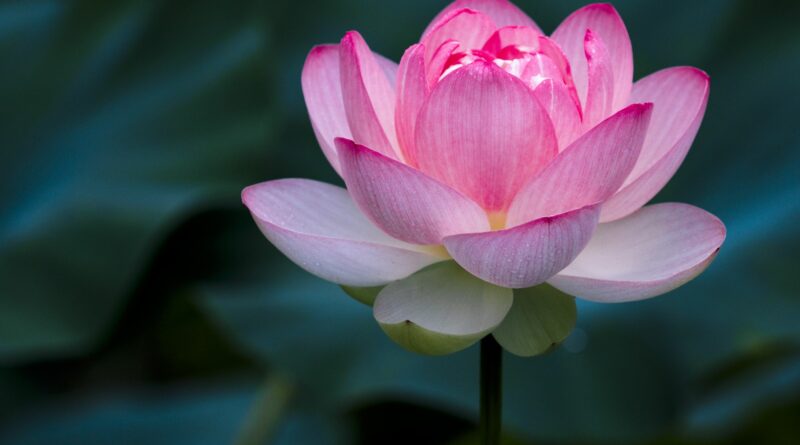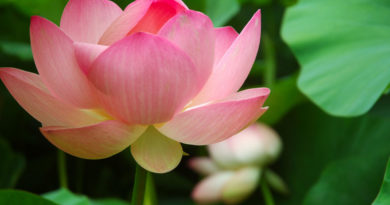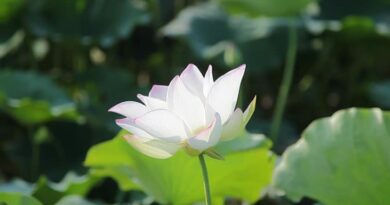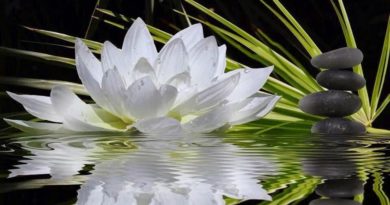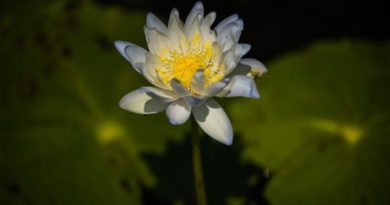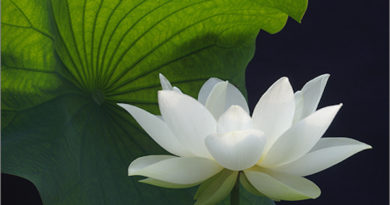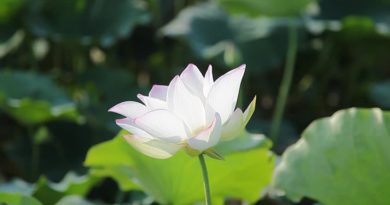A DISCOURSE ON THE ABODE OF THE NOBLE ONES – TWO KINDS OF BHIKKHUS
A DISCOURSE ON THE ABODE OF THE NOBLE ONES – TWO KINDS OF BHIKKHUS
The Ariyaavaasa-sutta is addressed to bhikkhus. There are two kinds of bhikkhus, viz., the sutta-bhikkhu and the vinaya-bhikkhu. The sutta-bhikkhu is, according to the commentaries, any person who practises the Dhamma to get liberated from the cycle of life (sa”msaara). He is not necessarily a member of the Sangha, for he may be a deva or a layman.
The practice of the Dhamma enables the yogi to overcome defilements. Through the practice of morality, the yogi seeks to overcome active defilements (vitikkama kilesaa) such as greed, hatred, etc. that lead to killing, stealing and other misdeeds. The yogi who develops concentration (samaadhibhaavanaa) overcomes the arousal of greed, hatred, etc. that always lie in our consciousness (pariyutthaana kiilesa). Finally the yogi overcomes potential or dormant defilments (anusaya kilesaa) through the development of insight-knowledge and wisdom. Every moment of mindfulness means the gradual destruction of latent defilements. It is somewhat like cutting away a piece of wood with a small axe, every stroke helping to get rid of the unwanted fragments of wood. Whenever the yogi focuses on the psycho-physical phenomena arising from sense-contact with the external world, the defilements become weak and impotent. Such a yogi is the bhikkhu of sutta pitaka.
The vinaya-bhikkhu is the monk who leads a good life based on vinaya rules. In the time of the Buddha the Lord himself ordained some of them by saying, “Come hither, bhikkhus.” Most of them, however, were ordained by the Sangha in accordance with vinaya rules.
The bhikkhu referred to in Ariyaavaasa sutta is the sutta-bhikkhu, a term that applies to any human being, deva or Brahmaa who practises the Dhamma.
The Buddha preached the Ariyaavaasa sutta in order that we might live in the abode of Ariyas, safe, secure and protected from the perils of sa”msaara. The perils of sa”msaara (round of rebirth) are more terrifying than those that beset a man who does not live in a well-protected house. They follow us from one existence to another. One may land in the lower world as a peta or an animal and suffer for many years or one may be reborn as a poor, wretched man who has to face many hardships for a living as well as the universal evils of life viz, old age, sickness and death. These are the perils of sa”msaara that repeatedly engulf those who do not live in the abode of Ariyas or in other words, who do not practice Ariyaavaasa dhamma.

